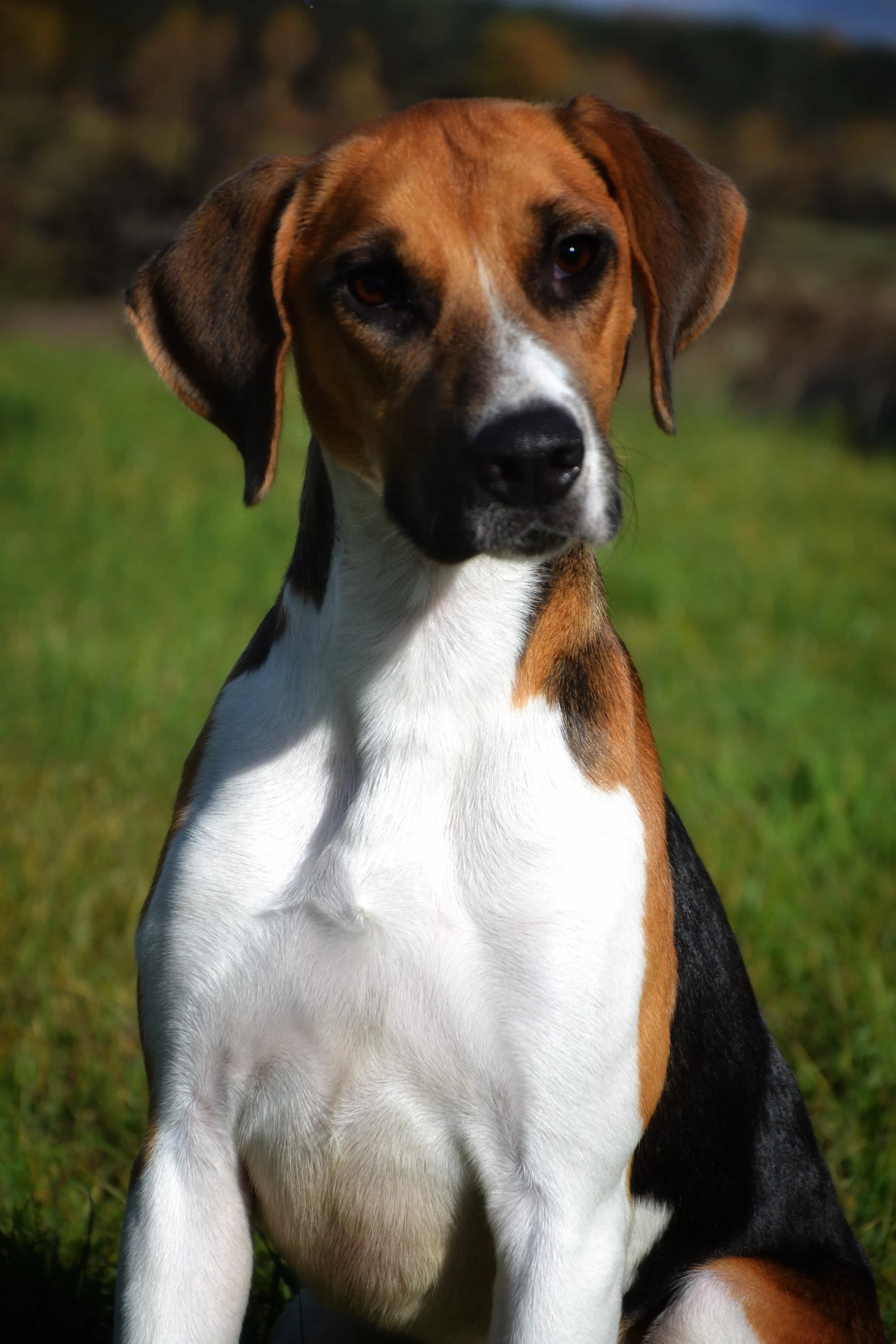Harrier

Height
Male: 48-53 cm, Female: 48-53 cmWeight
Male: 20-27 kg, Female: 20-27 kgPedigree
YesLifespan
10 to 12 yearsPros
- Affectionate
- Energetic
- Good with children
- Intelligent
- Low-maintenance grooming
- Relatively healthy
Cons
- Potential for stubbornness
- high exercise needs
- tendency to vocalize (baying)
- can be prone to separation anxiety
- strong prey drive
- may be difficult to train off-leash
- need for secure fencing
- potential for destructive behavior if bored or under-exercised
- can be food-motivated leading to potential for weight gain.
Introduction to the Harrier
The Harrier is a medium-sized scent hound, known for its stamina and cheerful disposition. Bred primarily for hunting hare, Harriers are energetic and thrive on activity. Their pack-oriented nature makes them good family dogs, but they require consistent training and plenty of exercise.
Harriers are intelligent and eager to please, but their strong hunting instincts can make them challenging to train off-leash. They are generally friendly with other dogs and children, but early socialization is crucial. Their distinctive baying voice is a characteristic trait, and they may not be suitable for apartment living due to potential noise concerns.
History of the Harrier
The Harrier's origins are somewhat debated, but it is believed they descended from a combination of breeds, including the English Foxhound, Bloodhound, and possibly the Basset Hound. The aim was to create a smaller, faster hound than the Foxhound, specifically for hunting hare on foot.
Harriers were developed in England, with the first Harrier pack established in the mid-18th century. They quickly gained popularity among hunters who preferred to pursue hare on foot rather than horseback. While still used for hunting in some regions, the Harrier is becoming increasingly recognized as a companion animal.
Although similar in appearance to the Beagle, the Harrier is a distinct breed with its own unique characteristics. They are slightly larger and more athletic than Beagles, with a stronger hunting drive. The American Kennel Club recognized the Harrier in 1885.
Interesting facts about the breed
- Harriers were bred specifically for hunting hare.
- They are known for their stamina and ability to hunt for long periods.
- Harriers are pack animals and thrive in social environments.
- Their distinctive baying voice is used to communicate with other pack members.
- They require a significant amount of exercise to stay happy and healthy.
- Harriers are relatively rare compared to other hound breeds.
Characteristics
Apartment Suitable
Beginner Friendly
Hardiness
Independence
Tolerates Cold
Tolerates Hot
Friendliness
Affectionate With Family
Kid Friendly
Dog Friendly
Stranger Friendly
Grooming
Shedding
Drools
Ease of Grooming
Health
Gains Weight
Ease Of Training
Intelligence
Prey Drive
Vocality
Wanderlust
Need for Attention
Activeness
Intensity
Excercise Needs
Are you looking to buy the Harrier breed?
See current available pets or share this breed with your friends!